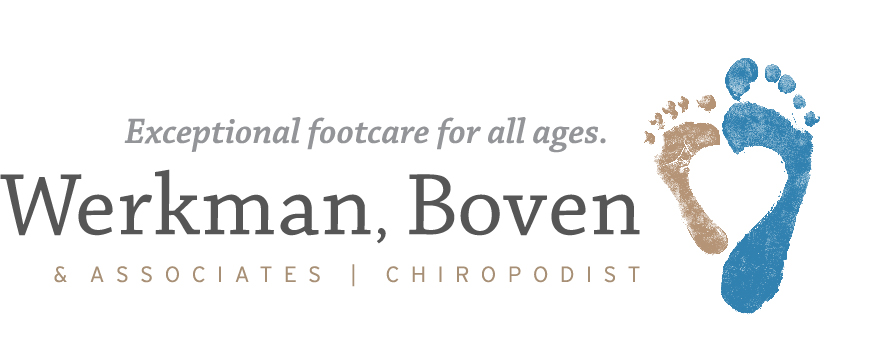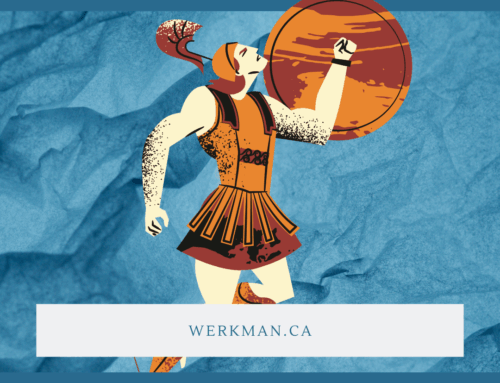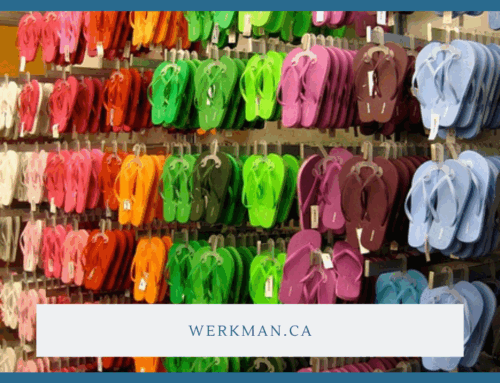Condition #2 of 14 Nagging Foot Problems to Beat!
 Condition #2 Claw/Hammer Toes
Condition #2 Claw/Hammer Toes
Hammertoe is the general term used to describe an abnormal contraction or “buckling” of the toe because of a partial or complete dislocation of one of the joints of the toe. As the toe becomes deformed, it rubs against the shoe and the irritation causes the body to build up more and thicker skin to help protect the area. The common name for the thicker skin is a corn. At first, this thick skin helps reduce irritation to the bone prominence, but as the skin becomes thicker it adds to the pressure from the shoe. Periodic trimming of the corn may give temporary relief. However, over a period of time, a bursa may develop and if it becomes inflamed (bursitis) the area becomes red, swollen and painful. It may also become infected. Do not confuse corns with calluses that occur on the bottom of the feet. They are generally caused by other conditions, although a severe hammertoe may create downward pressure on a metatarsal bone at the ball of the foot, and add to the cause of a callus.
How did this happen?
Although there is little doubt shoes are responsible for causing corns, the size, shape and other characteristics of our feet are hereditary. The contraction and/or rotation of toes can be the result of poor mechanics of the foot, resulting in over pronation. This results in low or flat arches, which causes the muscles and tendons of the foot to twist the toes and joints away from their normal position. High arched feet (over supination) can also result in similar conditions by increasing the contracture of the tendons.
What can I do for it?
The most important thing is to purchase well fitted, comfortable, low heeled shoes that do not irritate the crooked toe. Also, make sure your stockings are not tight, causing the toes to contract. High heel shoes should be worn at a minimum, as they cause the tendons of the toes to pull them up into a contracted position.
Tennis and walking shoes have significantly decreased the complaint of many people with hammertoe deformities. Although the crooked toe is still present, it may not hurt if the shoe is large enough.
How does the Chiropodist treat it?
Your chiropodist will examine your feet to determine the cause and rule out other medical conditions. Treatment may range from more appropriate footwear to periodic trimming and padding of the corn. Antibiotics may be used in the presence of infection. Removable silicone toe pads may be made for you to alleviate pressure.
A custom made orthotic may also be made for you to help minimize the effects of a flat foot or a high arched foot. Orthotics does not make the hammertoe or corns disappear, but may slow down or arrest the “buckling” process.
If conservative treatment is unsuccessful, surgical intervention may be suggested. In the early stages, when the toe joints are flexible, this may involve a minor procedure, such as cutting or lengthening the tendons to straighten the toe. In later, fixed stages, realignment of the bones is usually indicated.
This solution to the second nagging foot problem was brought to you by Rick Werkman, your friendly neighbourhood Chiropodist! Make your appointment today and experience exceptional footcare for all ages

 Condition #2 Claw/Hammer Toes
Condition #2 Claw/Hammer Toes

